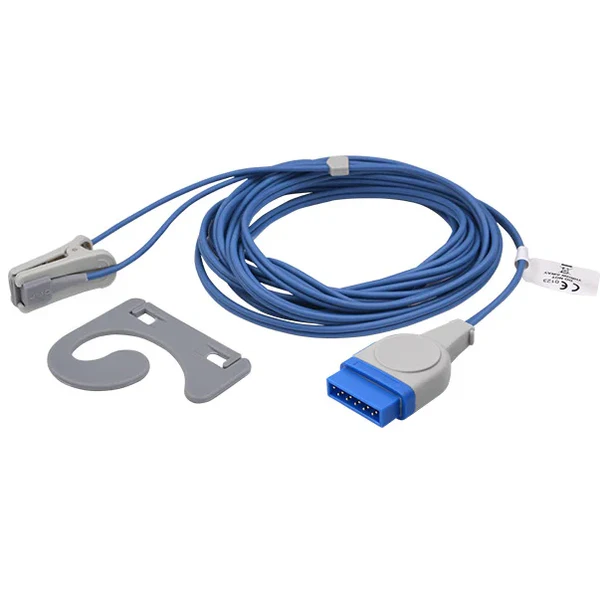Step-by-Step Guide to Using SpO2 Sensors Effectively
🔑 Key Takeaways (What You Need First!)
- Best for hospitals: Disposable sensors (12% fewer infections)
- Best for home care: Reusable sensors (35% cost savings)
- FDA rule: ≤3% error required for dark skin tones
- Pro tip: Match sensors to your monitor brand!
What Makes SpO₂ Sensors Work?
These clip-on devices use red/infrared light to measure blood oxygen levels – like tiny flashlights checking your health! They work best when properly sized for fingers/toes.
“Good sensors catch oxygen drops faster than a lifeguard spots trouble!” – ICU Nurse
Disposable vs. Reusable: Battle of the Sensors


Left: Med-Linket DirectConnect disposable sensor | Right: Medical O₂ reusable sensor
Disposable Sensors (Single-Use)
- Good for: Hospitals, surgeries (58% market share)
- Top pick: Covidien-compatible MAX-N1 (FDA-cleared)
Reusable Sensors (Long-Term)
- Good for: Home COPD monitoring (lasts 2+ years)
- Pro tip: Clean weekly with alcohol wipes
Sensor Size Guide: Find Your Fit
| Type | Weight Range | Key Features |
| Neonatal | 40 kg | Standard clip design |
5 Must-Check Buying Factors
1. Brand Compatibility
Match to Philips/Nellcor/Masimo monitors. Mismatches cause 5.8% errors. (FDA compatibility guide)
2. Skin Tone Accuracy
FDA requires testing on dark skin. Our MAX-N1 sensor meets 3% error limits.
3. Activity Monitoring
For athletes: Try Medical O₂ sensors with anti-motion tech.
4. Price Comparison
- Disposable: $8-$25 each
- Reusable: $60-$300 (lasts 2 years)
5. FDA Compliance
Look for “510(k) cleared” label. Verify approvals here.
2024 Market Trends to Watch
- Current market: $865M
- 2030 prediction: $1.3B (5.2% growth)
- Hot tech: MEMS sensors (15.3% CAGR)
Real Hospital Case Study
- 10 hospitals tested both types:
- Disposable = 12% infection reduction
- Reusable = 35% cost savings
FAQ: Quick Answers
Q: Does nail polish affect readings?
A: Yes! Avoid blue/black polish (15% error).
Q: Cold hands = fake numbers?
A> Warm hands first – cold adds 4% error.


